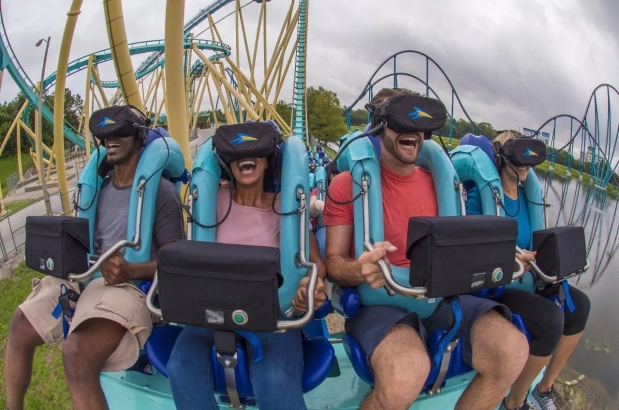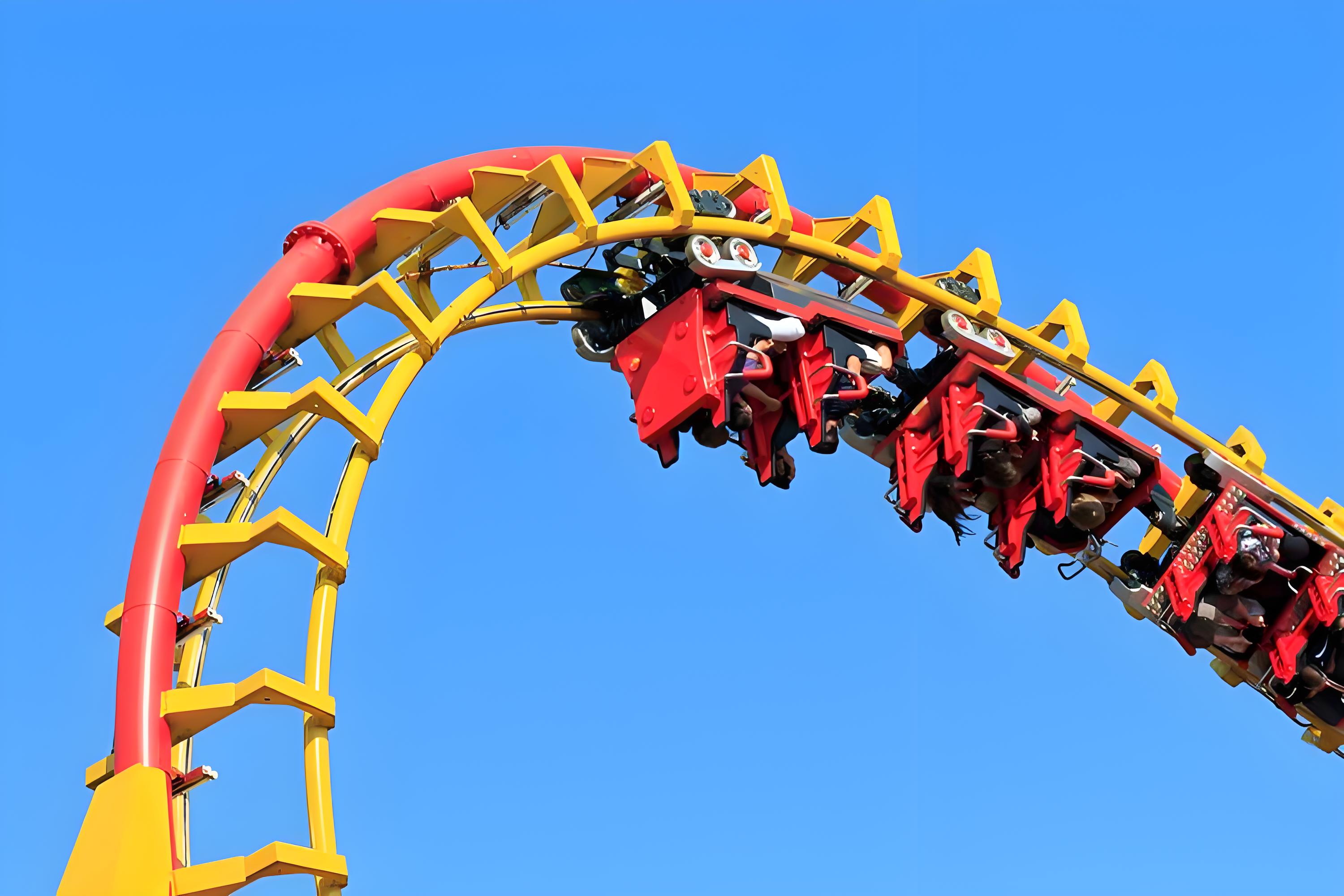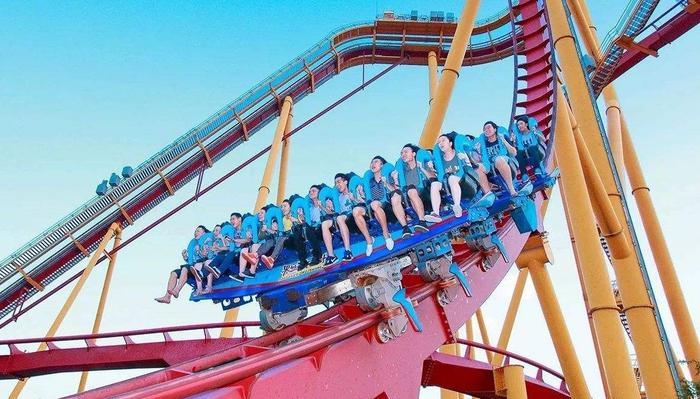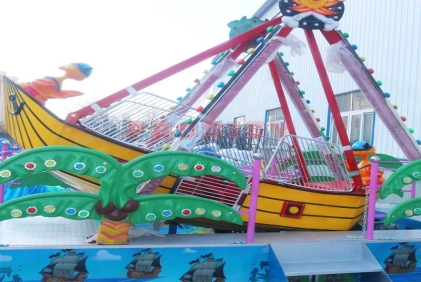







The boldest must know: Experience the extraordinary journey of thrilling and transcendence - Interpreting the roller coaster
| PRODUCT PARAMETERS | |
| Height: | Can be customized |
| Land occupation: | Can be customized |
| Number of people: | Can be customized |
| Power: | Can be customized |
| Power Supply: | 380V |
| Application scope: | Amusement parks, theme parks |
Under the deep sky, have you ever yearned for that exciting and challenging ride? For ordinary people, there may be a prohibitive project-roller coaster. Although it is popular among the public for its high speed and danger, many people are still afraid of riding a roller coaster. With the advancement of technology and people's increasing attention to safety, understanding and mastering some roller coaster skills and experiences may help you get rid of your inner fear and truly enjoy the fun brought by this means of transportation.
Let's take a look at why some people are afraid of riding a roller coaster. Many people may feel fear from unknown stimuli. For those riding a roller coaster for the first time, intense movements such as fast rotation, rolling and sudden brakes can make them feel dizzy, their heartbeats accelerated, and even breathing difficulties. This physiological response may be due to overexcitation of the nervous system or the inadequate adaptation to the body's natural response to movement. Visual shock is also an important reason why roller coasters cause people to be upset. Racing tracks on roller coasters, changing obstacles and gorgeous lighting effects can all lead to people's illusions that they will be thrown out of the track, thus creating concerns about safety.
If you have certain driving skills and master the following skills, you can greatly reduce the psychological stress and physical discomfort caused by roller coasters:
1. Choose the right roller coaster: When choosing a roller coaster, you should choose according to your height, weight, athletic ability and physical condition. People with heights of more than 168cm and those with heavier weight are suitable for choosing roller coasters with higher slopes or faster speeds. If you are a beginner, you can give priority to low-slope, lower-speed roller coasters to be familiar with their operating rules and environment.

2. Make preparations in advance: Before riding a roller coaster, do a good job of warm-up activities, such as jogging, stretching, etc., which will help improve cardiopulmonary function, enhance muscle strength and coordination, and reduce the risk of physical discomfort caused by lack of preparation. Wearing comfortable sportswear and shoes can provide better support and protection.
3. Pay attention to observation and reminder: roller coasters usually have seat belts and guardrails. Passengers should wait in wheelchairs or standing areas. When the vehicle starts, they hold the seat belt in time and fit the head to prevent the seat from falling rapidly or other emergencies. Keep your eyes focused and pay attention to the obstacles and track positions in front of you to ensure smooth avoidance when turning or decelerating.
4. Good psychological state: Although riding a roller coaster is highly entertaining and exciting, you must maintain a positive attitude before entering the cockpit and firmly believe that you have enough courage and patience to deal with sudden surprises and dangers. Travel with friends and family, encourage each other, share experiences and feelings, and spend this unforgettable journey together.

Taking a roller coaster is not a real "mountain", but a test of courage and adventurous spirit. Through reasonable planning, moderate preparation and a positive attitude, we can boldly enjoy this thrilling game and experience the endless fun it brings. As long as we overcome our inner fear of roller coasters, we have achieved self-challenge, released stress, and found innovative thinking, and further expanded our horizons and life experiences. Let the "roller coaster" become a new starting point for you to bravely explore the world!



















